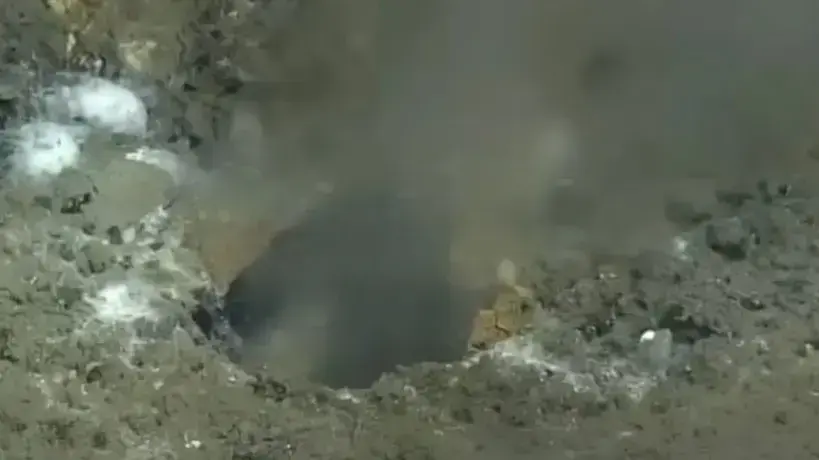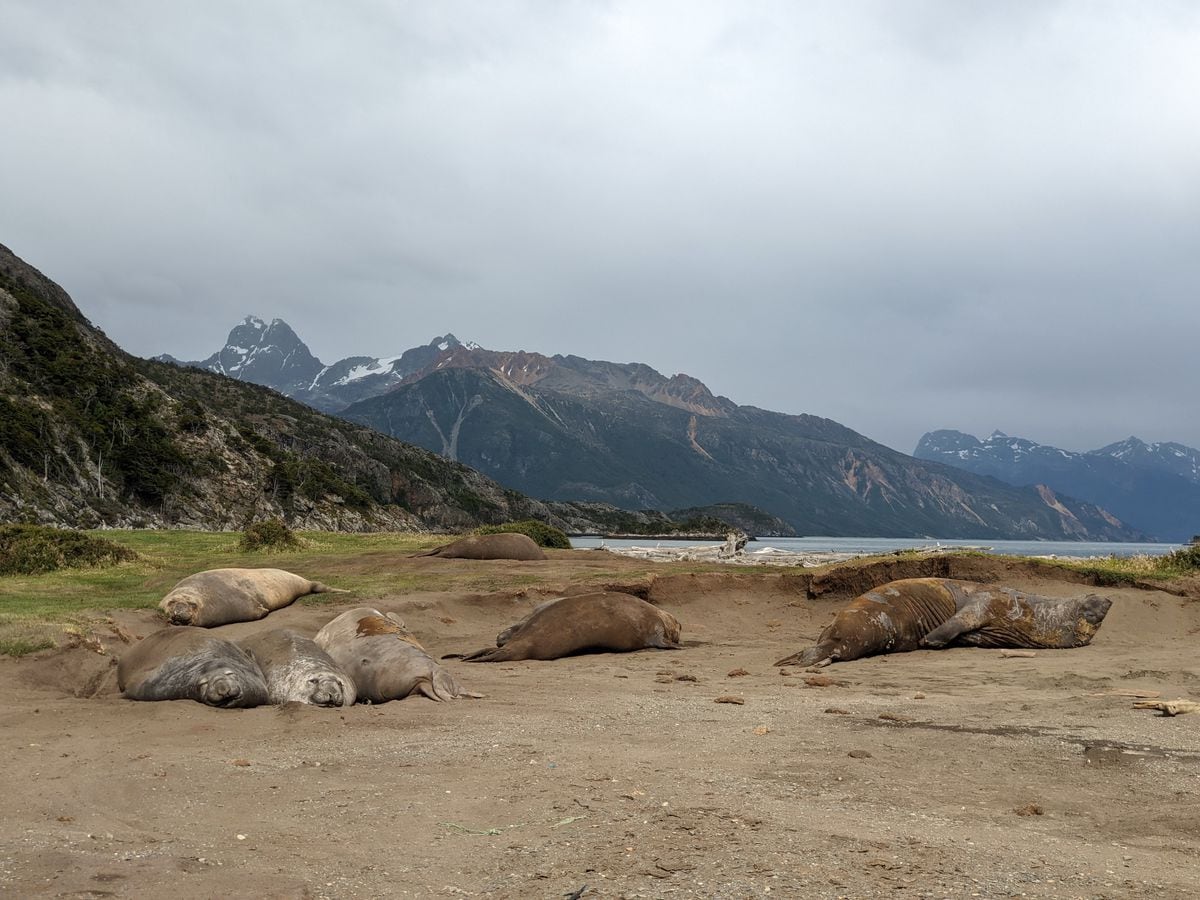The hole that rolled in the Pacific Ocean (@universityofwashington)
We found a leak in the sea!
totally real.
In a press release, researchers from the University of Washington said black was found on the ocean floor off the coast of Oregon, on top of the Cascadian Subduction Zone fault.
The fact that it is leaking is not a good sign.
On the other hand, there is not much that can be done about it.
Often, bubbles rising from the ocean floor herald hydrothermal vents, which can be hotbeds of exciting biological activity.
However, this is a different case and a bit worrisome, because for our benefit, the water in this area should stay there.
If the leak grows, parts of the US could be at greater risk of an earthquake.
Dubbed the "Oasis of Pythias," this low mineral-rich spring located on the Pacific Northwest seafloor has fascinated scientists since it was discovered in 2015. Now the new study, published earlier this year in the journal Science Advances, suggests that the nearly- Fresh that leaks from it may be a kind of tectonic lubricant between two of the tectonic plates that make up the earth's crust and meet each other.
The "glitch" was spotted by the researchers when they observed something strange on their sonar: "unexpected plumes of bubbles, about three-quarters of a mile below the surface of the ocean," the press release said.
Using a robot used to explore the seafloor, the team learned that the bubbles "were only a minor component of hot, chemically distinct fluids pouring out of the seafloor sediments."
"They looked in that direction and what they found was not just bubbles of methane, but water coming out of the seafloor like a fire hose," Evan Solomon, a UW associate professor of oceanography and a seafloor geologist, said in a statement from the school. And as far as I know, we have not seen it before."
More on the subject
"Oasis of life" is about 500 meters below the surface of the Indian Ocean
To the full article
This is how it looks
More on the subject
for a sensational discovery: the remains of the lost homeland of the ancient Europeans, British Atlantis
Africa splits into two continents and may create a huge new ocean
A huge and mysterious blue hole was discovered off the coast of Mexico: a window to new life forms?
Later expeditions to the spring, first discovered by UW oceanography graduate and current White House policy adviser Brendan Phillips, revealed to researchers that the strange liquid shooting out of the spring is 16 degrees Fahrenheit (8.8 Celsius) warmer than the surrounding water—and, according to the team's calculations, This suggests that "the fluid is coming straight from the Cascadia megathrust, where temperatures are estimated at 150 to 250 degrees Celsius (300 to 500 degrees Fahrenheit)."
"The loss of fluid increases the friction between the oceanic and continental plates," he added.
Using an interesting metaphor, Solomon said that "the fracture zone is like an air hockey table," and "if the fluid pressure is high, it's like the air is turned on, meaning there's less friction and the two plates can slide. If the fluid pressure is lower, the two plates will lock and then the pressure may accumulate".
If pressure starts to build up, it eventually has to be released somewhere: when the pressure is too great it can lead to an earthquake - and a big one at that.
Scientists believe that a release of stress in the Cascadia subduction zone could trigger a magnitude 9 earthquake that would affect many living in the northwestern United States.
According to the researchers, this is the first known leak of its kind on the sea floor, although others may exist nearby that have yet to be identified.
Unfortunately, when it comes to tectonic plates, there isn't much we can do to stop them from behaving the way they do.
However, keeping an eye on geological activity and monitoring how it changes is one of our best ways to prepare for natural disasters.
"The Pythias Oasis provides a rare window into processes operating deep on the seafloor," said Deborah Kelly, an oceanographer and one of the authors of the study, in a press release.
All in all, it's both a fascinating look at the workings of plate tectonics—which, according to the statement, is still a relatively new field of research—and a frightening reminder of the kinds of natural disasters we may see in the future.
tourism
Tags
Pacific


/cloudfront-eu-central-1.images.arcpublishing.com/prisa/DBT2OEOLXBGZTLYKDBM2FWSJNM.jpg)











